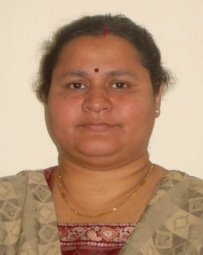This course, for students majoring in Animation, Design Engineering & Game Technology. Here you learn about the design histories and theories to develop creative, technical and analytical skills in animation film production through the exploration of animation production pipeline (CG modelling, texturing, lighting, rigging, Animation and rendering) techniques relevant to a career in design engineering, Visual Effects and animation. In this course we explore animation across a variety of platforms including film, television, advertising, web, motion capture and game design. This course will provide the opportunity for students to develop their transferable employability and professional skills through project-based assessment for Media & Entertainment industry.The experts that would acquaint you with the intricacies of animation shall be:Dr. Achintya Singhal, Associate Professor, Computer Science, Banaras Hindu University
Dr. Alok Kumar Singh Kushwaha, Associate Professor (Head of Department), Computer Science Engineering, GGU Central University.
Dr. Jitendra Sheetlani, Professor (Dean), School of Computer Application, Sri Satya Sai University.
Dr. VD Ambeth Kumar, Professor, CSE, PEC - Affiliating body Anna University.
Bhuvnesh Kumar, Creature Animator , Yash Raj Films, (Former TD Animation Dreamworks, Technicolor , MPC & Anibrain )
Alka K Ryan, TD Lighting, Course Content Developer Animation & VFX (Former Mentor Arena Animation & MAAC)
Prasoon Singh, Technical Director Animation, Prime Focus World (Former TD Animation DQ)


DOWNLOAD APP
FOLLOW US